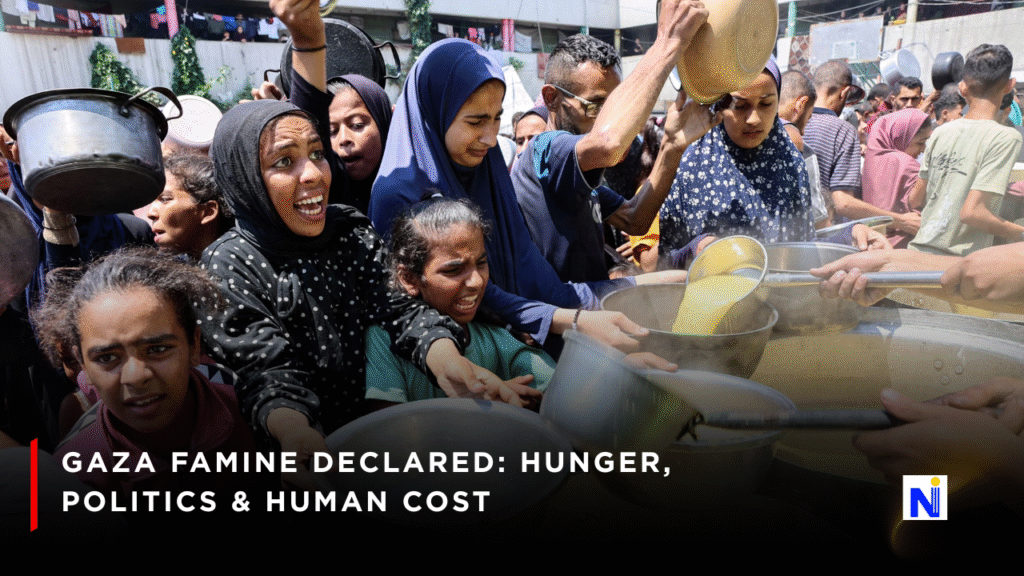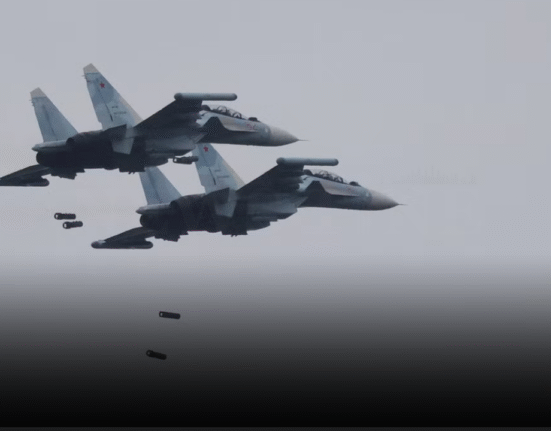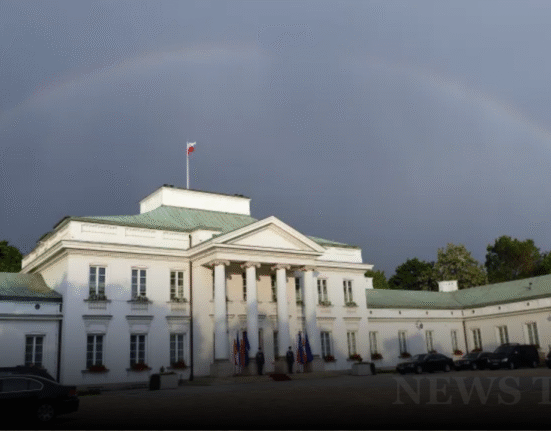
The words “official famine” are chilling enough, but when attached to Gaza, the weight is unbearable. The Gaza famine crisis was formally declared by U.N.-backed food security experts, who found that more than 500,000 people are already suffering from starvation, acute malnutrition, and rising death rates. Nearly two years into a devastating war, the announcement paints a grim picture of life inside Gaza City and surrounding governorates.
1. How the Famine Was Declared
The declaration came from the Integrated Food Security Phase Classification (IPC), a trusted global authority on hunger. To classify a famine, three conditions must be met:
- At least 20% of households face extreme food shortages.
- Acute malnutrition among children reaches emergency thresholds.
- Two adults or four children per 10,000 people die daily from starvation or related illness.
According to the IPC, Gaza tragically ticks all three boxes.
2. The Scale of the Hunger Crisis
- 500,000+ people in Gaza City are enduring famine conditions.
- 2 million residents across the strip face severe hunger.
- By September, famine is expected to spread south into Deir al-Balah and Khan Younis.
Children are at the center of this tragedy. Out of Gaza’s 1.1 million children, aid agencies report soaring rates of acute malnutrition — some too weak to walk or attend school.
3. Why Gaza Fell Into Famine
The IPC report points to multiple man-made causes:
- Ongoing war and intensifying violence.
- Strict Israeli restrictions on aid deliveries.
- Collapse of healthcare and sanitation systems.
- Destruction of agriculture and markets.
- Mass displacement of families, forcing them to move repeatedly with no stability.
The report doesn’t mince words: the famine is man-made and can still be “halted and reversed.”
4. Israel’s Response
Israel’s security agency, COGAT, rejected the findings, arguing that:
- The IPC used unreliable data.
- Israel has allowed more food shipments in recent weeks.
- Humanitarian efforts are being overlooked.
However, aid groups disagree, saying supplies stuck at border crossings could feed Gaza for months but aren’t being permitted inside consistently or safely.
5. Real-Life Consequences on the Ground
Gaza’s daily life has been reduced to heartbreaking scenes:
- Families queuing for hours at charity kitchens.
- Aid drops intercepted by desperate crowds.
- Parents skipping meals to feed children.
- Malnourished aid workers, doctors, and journalists struggling to do their jobs.
One aid official captured the reality:
“This is not about logistics or funding. It’s about political will. Failure to act will cost countless lives.” — Tjada D’Oyen McKenna, Mercy Corps
6. Rare and Historic Declaration
Since its founding in 2004, the IPC has only declared famine three other times:
| Year | Country | Estimated Deaths Before Declaration |
|---|---|---|
| 2011 | Somalia | 100,000+ |
| 2017 | South Sudan | Tens of thousands |
| 2024 | Sudan | Thousands amid civil war |
Now, Gaza joins this grim list — one of the rarest and most serious classifications in global humanitarian crises.
7. What Happens Next?
Without a ceasefire and safe, large-scale aid deliveries, experts warn the death toll will keep climbing. International outrage is mounting, but aid groups stress that solutions exist — food is ready and waiting at Gaza’s borders. What’s missing is access.
The Gaza famine crisis is not a natural disaster; it’s a man-made emergency shaped by war, politics, and blockade. History shows that famine declarations can spark global action — but time is running out.





